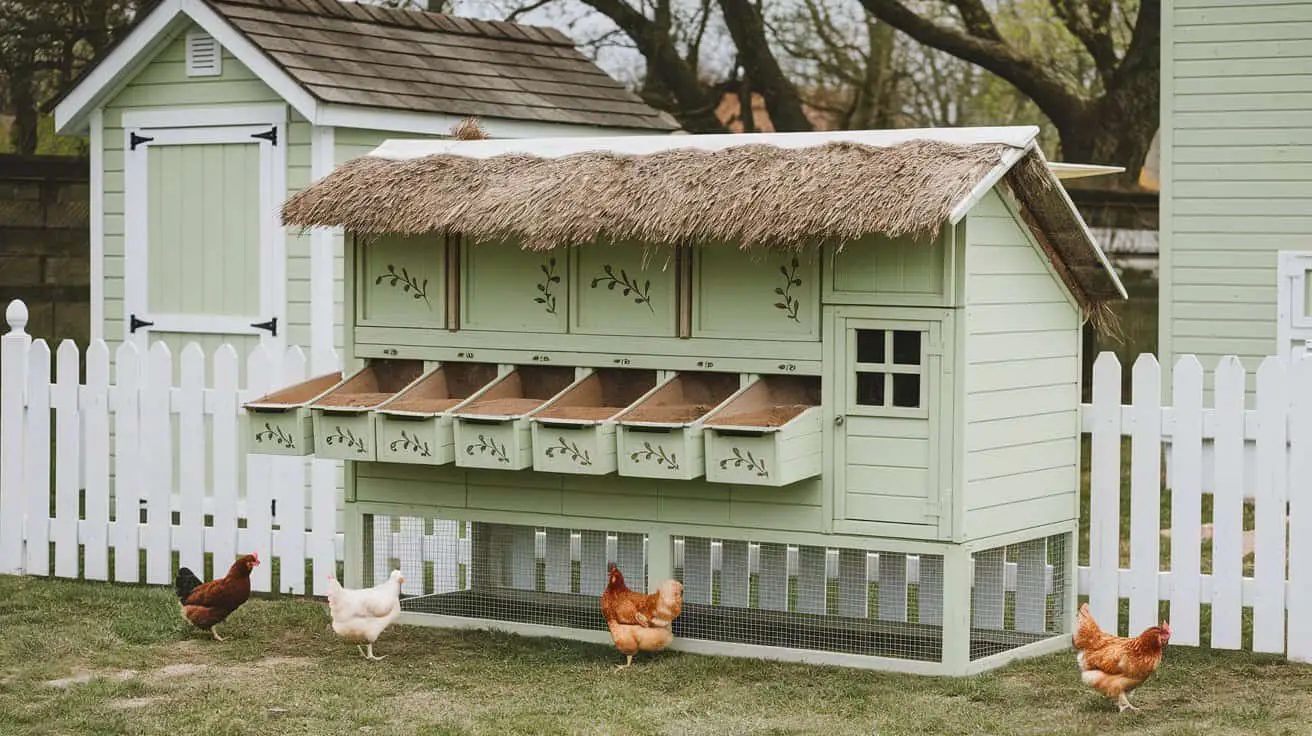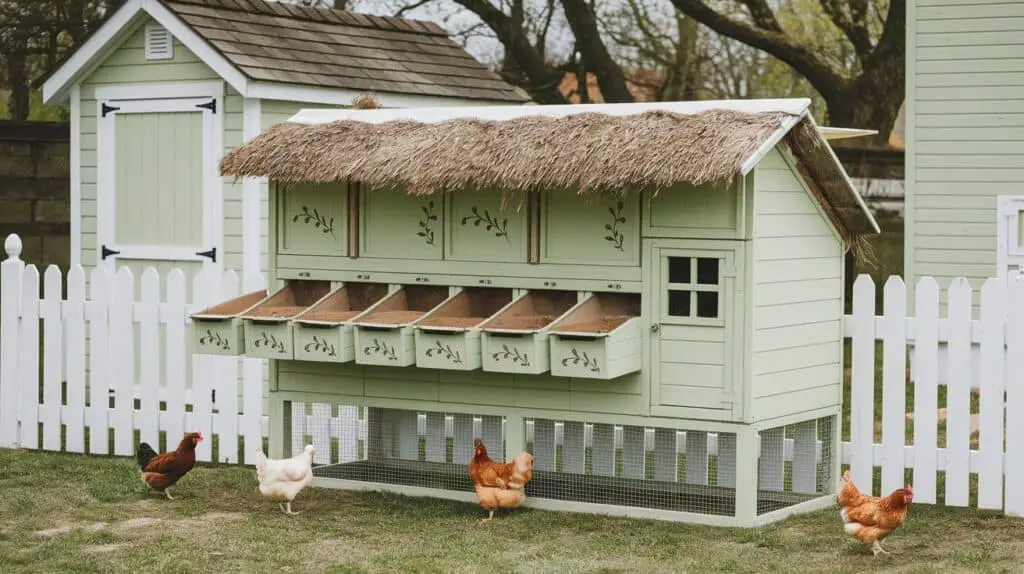
There’s something wildly comforting about chickens clucking around in the garden. It’s like living in a Pinterest board—but with more feathers and occasional dramatic squawking over snack hierarchy. If you’ve ever dreamed of collecting warm eggs from a little wooden coop, surrounded by lavender and dandelions, while wearing muddy wellies and sipping coffee from a chipped mug… you might just be a cottagecore soul.
Backyard chicken keeping isn’t just for rural farms anymore. Whether you’ve got a tiny side yard or a stretch of garden with a few overgrown beds, you can absolutely build a chicken coop that fits the soft, vintage aesthetic without needing a barn or a big budget. Cottagecore is all about romance, sustainability, and a healthy dose of nature-induced chaos—and chickens are very on brand.
So if you’re ready to turn your garden into a clucking little fairytale, here’s how to create your own cottagecore-inspired chicken coop. (Bonus: the chickens don’t care what it looks like, but you’ll smile every time you see it.)
Choose the Right Coop Shape and Size for Your Space
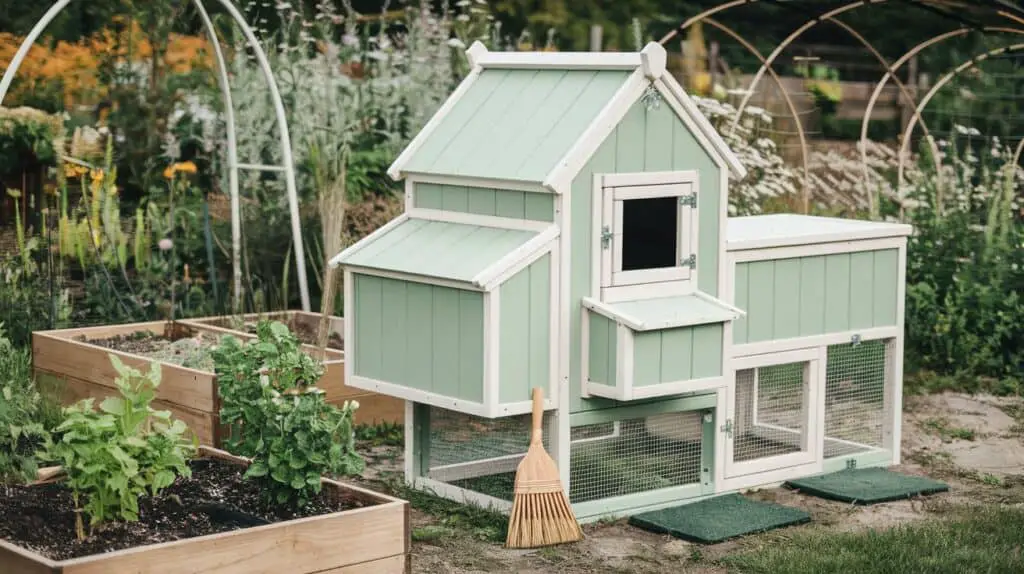
The charm starts with the structure. A classic gabled-roof coop painted in a soft pastel—blush, buttercream, faded mint—feels the most cottage-y, but honestly, anything that’s slightly weathered and functional will do. For three to five hens, a walk-in style with an attached run works best. It lets you interact with them easier, clean without breaking your back, and hang up the coop broom somewhere proudly.
If your yard’s on the small side, tuck a smaller coop into a corner near the herb garden or beside a raised bed. For larger gardens, consider wrapping the coop into your layout—nestled between wildflowers or tucked behind a low arch trellis. Keep proportions in mind so it feels part of the garden, not plopped awkwardly in the middle.
Pick Cottage-Inspired Colors and Materials
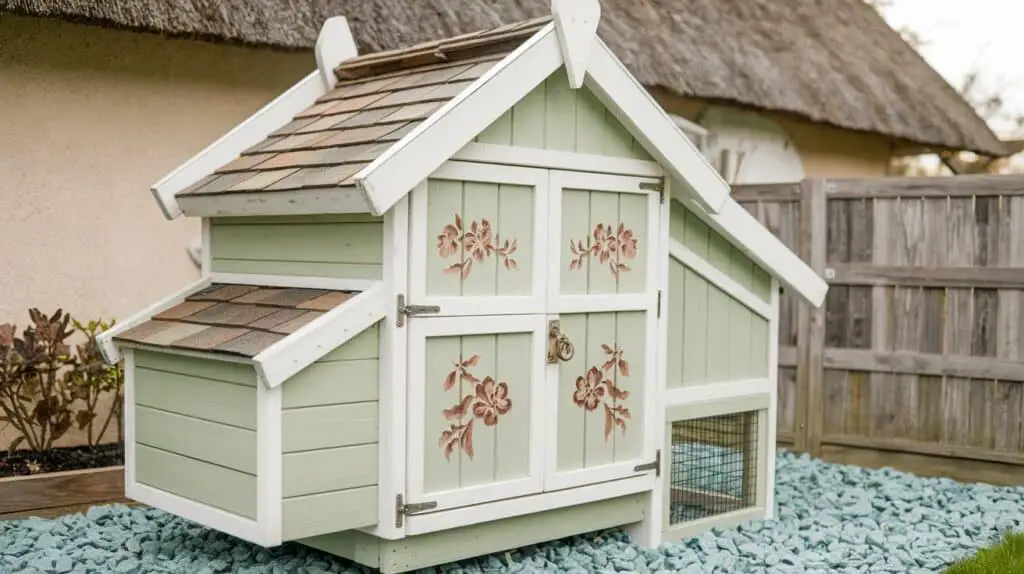
Soft, natural tones are the cottagecore bread and butter. Think pale greens, soft whites, dusky blues, and natural wood left to age gently in the sun. White trim and floral stencils on the nesting box doors? Adorable. Copper hinges or a vintage doorknob? Swoon.
You can repurpose wood from old furniture, use faded fencing panels, or distress newer wood to give it a lived-in look. The goal is rustic but intentional—like it’s been there forever, even if you built it last weekend with a borrowed drill and three too many trips to the hardware store.
Create a Cozy and Functional Interior

Inside, go for practical comfort. Your hens need roost bars (elevated perches for sleeping), a few nesting boxes (one for every 3–4 hens is plenty), and good airflow. Add a vintage metal bucket for feed, a ceramic waterer, and maybe a little shelf with a lantern or chalkboard sign for vibes (and egg counts).
Line the floor with straw or pine shavings and hang a small curtain over the nesting boxes—floral, gingham, whatever suits. Yes, it’s totally for you. The hens will likely ignore it or peck at it. Still worth it.
Design a Run That Feels Like a Garden Path
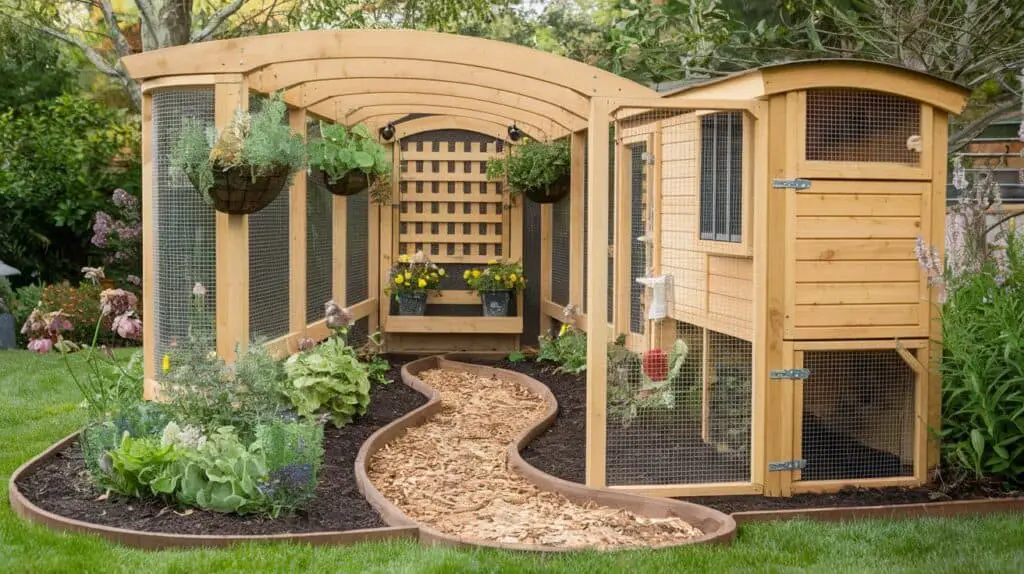
Rather than fencing off a big square of lawn, curve the run along the edge of your garden. Use natural wood posts with wire mesh, or even try trellis panels that support climbing peas or nasturtiums. Hang little baskets with edible herbs—parsley, mint, calendula—or plant them nearby for nibbling.
A few stepping stones or a bark-chip path running through the coop makes it feel more garden room, less chicken cage. Add some logs or overturned flower pots for enrichment and shade, and your chickens will be living their best free-range-but-contained lives.
Surround the Coop with Plants and Pretty Things

This is where the cottagecore magic really kicks in. Let tall flowers like hollyhocks or foxglove grow behind the coop, and fill the front with low bloomers—pansies, marigolds, chamomile. Tuck lavender in the corners to help with bugs and scent (and for you, because let’s be honest—it smells better than a freshly fluffed hen house).
Climbing roses or morning glories on an archway make a lovely entrance to the run, and small details like a painted sign, wind chime, or a leaning rake give it that lived-in feel. You can even string up bunting or soft solar lights for twilight chicken-watching.
Final Thoughts
Building a backyard cottagecore chicken coop isn’t about perfection. It’s about creating something that feels like it belongs there—a little blend of charm, chaos, and usefulness. Your coop doesn’t have to be Pinterest-famous to bring joy. It just has to work for your flock and make you smile when you look at it through the kitchen window.
So embrace the slightly wobbly fence line, let the vines grow wild, and enjoy the soft clucks and occasional drama from your backyard hens. It’s not just a coop—it’s part of the story you’re growing.

